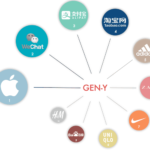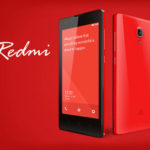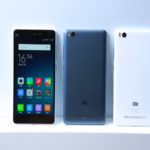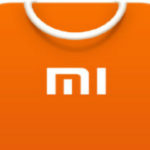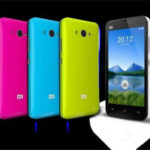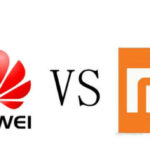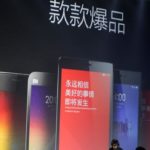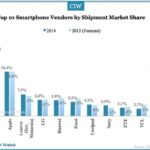Apple and Xiaomi are found most relevant to the lives of China’s Gen-Y and Gen-Z consumers according to RTG Consulting Group.
Apple iPhone fell behind Huawei, Xiaomi in Q2 2016
In the second quarter of 2016, iOS continued to post year-over-year declines in urban China: 17.9% of smartphone sales in the period were iOS, a drop of 1.8 percentage points from 19.7% in the second quarter of 2015 according to Kantar.
Xiaomi sold 110 million Redmi smartphones in less than 3 years
Redmi, Xiaomi’s entry-level smartphone brand, reached total sales of 110 million units in less than three years as of 30 Jun 2016, announced by Lei Jun in a celebration event.
China Android App Stores Insights Q1 2016
The third-party mobile app stores had 444 million active usrs as of Q1 2016, led by Qihoo 360’s 360 Mobile Assistant (42.6%), Tencent’s Myapp (34.6%) and Baidu Mobile Assistant (25.5%).
Apple’s iOS Growth in China Reached the Slowest in Jan 2016
Apple’s iOS growth in urban China reached the slowest since late 2014 according to the latest smartphone sales data from Kantar Worldpanel ComTech for the three months ending January 2016. However, Apple still remained the most popular brand, capturing 25% of smartphone sales.
Xiaomi Users Insights in 2015
Xiaomi accounted for 10.85% of China’s smartphone market in November 2015, which was the largest domestic brand by total user coverage rate.
Xiaomi App Store: 20 Billion App Downloads in H1 2015
Xiaomi app store saw 20 billion app downloads in H1 2015, and the highest app downloads in a single day was more than 85 million, which took the leading position among China’s app stores.
Will Xiaomi Continue Rapid Growth?
In Q2 2015, Xiaomi was the top smartphone vendor in China by shipments volume of 15.9%, followed by Huawei (15.7%). Apple ranked third, followed by Samsung and Vivo. The rapid development of Xiaomi has shocked the smartphone market after it was founded five years ago. The company’s posted sales growth slowed down which prompted many […]
China’s Top 30 Mobile Internet Companies in 2015
Forbes China in April released a list of Top 30 Mobile Internet Companies in China in 2015, which records the revenue of China’s technological companies on the mobile internet. Tencent ranks first with the mobile revenue of RMB 22.171 billion (USD$ 3.571 billion), and Xiaomi is the only hardware manufacturer on the list.
Market Share of iOS Continued Growth in China in 2015
Kantar Worldpanel’s latest research showed that iOS market share was decreasing in 2 months in the US, Germany, Britain, Italy and Spain in 2015. However, in China, iOS market share was still growing in four consecutive months since November 2014.
360 V.S. Xiaomi on Smart Furniture in 2015
Qihoo 360 started its smart furniture strategy and it planned to invest ten billion yuan to cooperate with over 100 companies. 360 will integrate cloud service, big data platform, online marketing platform, app development with open chipset to create a complete smart furniture ecosystem according to Zhou Hongyi, president of 360 in March 2015.
Huawei V.S. Xiaomi on Mobile in 2014
Huawei and Xiaomi are now well-known mobile phone brands in China. Huawei has a history of over 10 years while Xiaomi has been on the market for 5 years. In 2014, their revenue had both over USD$11 billion.
China’s Top 10 B2C Websites on Weibo in 2014
According to Weibo’s daily influence index, Tmall, OKHQB, and Dangdang performed best on Weibo among 1,613 active Weibo accounts in B2C e-commerce category in 2014. 92% of those active e-commerce Weibo accounts are vertical websites, the most of which is clothing and accessory category. Ranked by daily influence index by Weibo, OKHQB.com is an e-commerce website […]
Xiaomi Beat Samsung As Top Smartphone Vendor in 2014
Xiaomi was the top smartphone vendor in China by shipments volume in both Q4 2014 and 2014 according to IDC.
Six of Top 10 Smartphone Brands Worldwide in 2014 from China
Global smartphone shipments totaled 1.167 billion units in 2014, a YoY increase of 25.9%, with combined shipments of Chinese brands reaching 453.4 million units, 39% of the global shipments and representing six of the top ten smartphone brands worldwide according to TrendForce.
